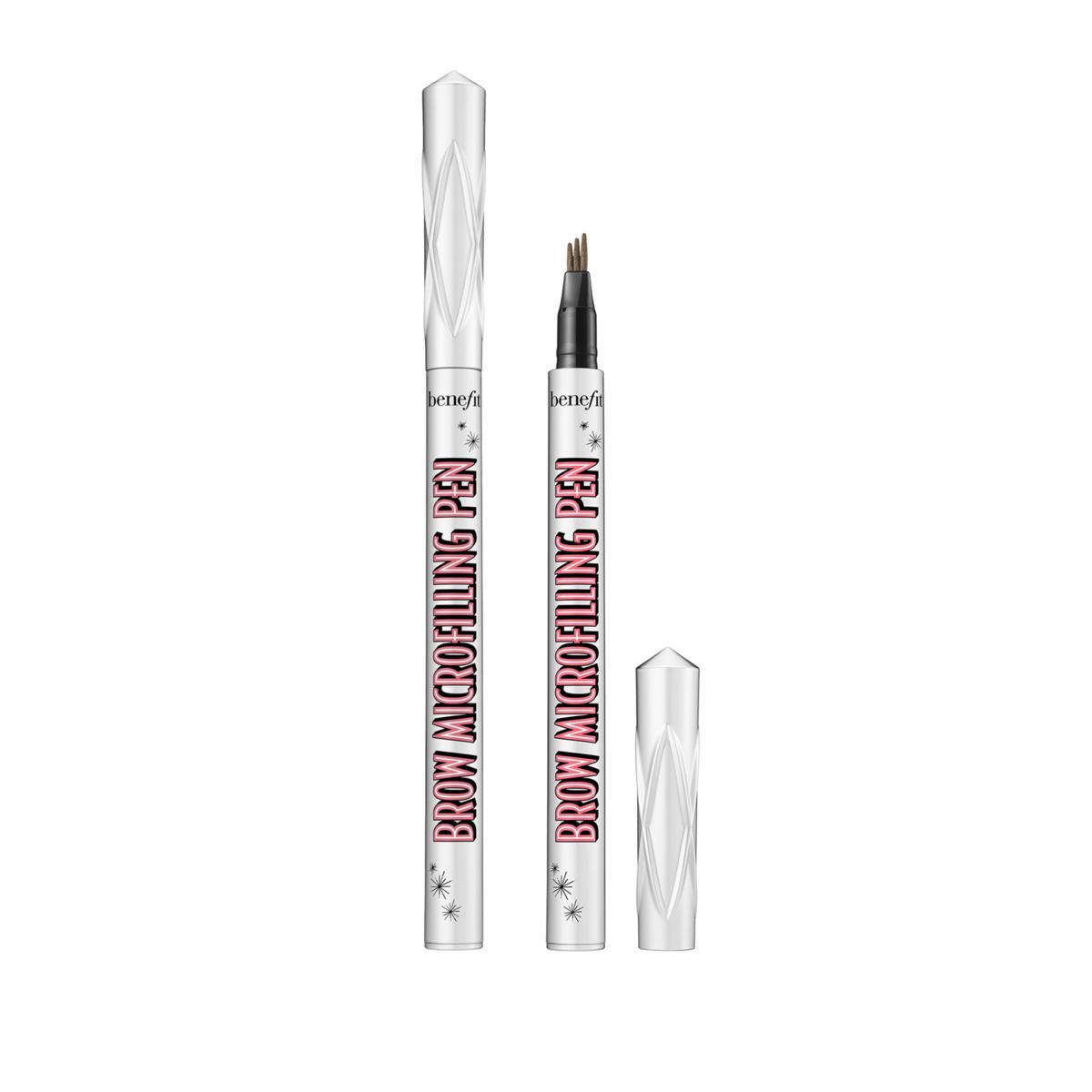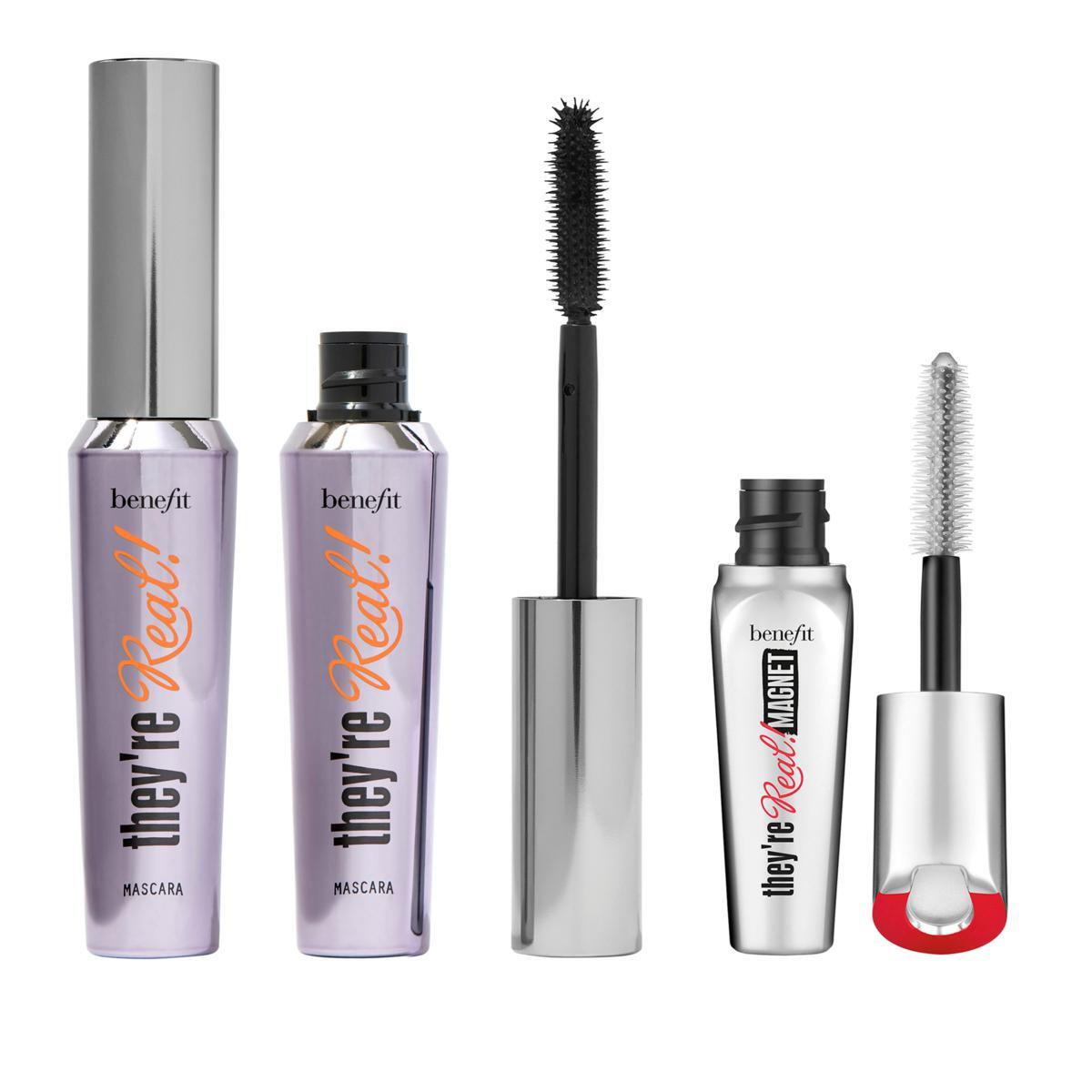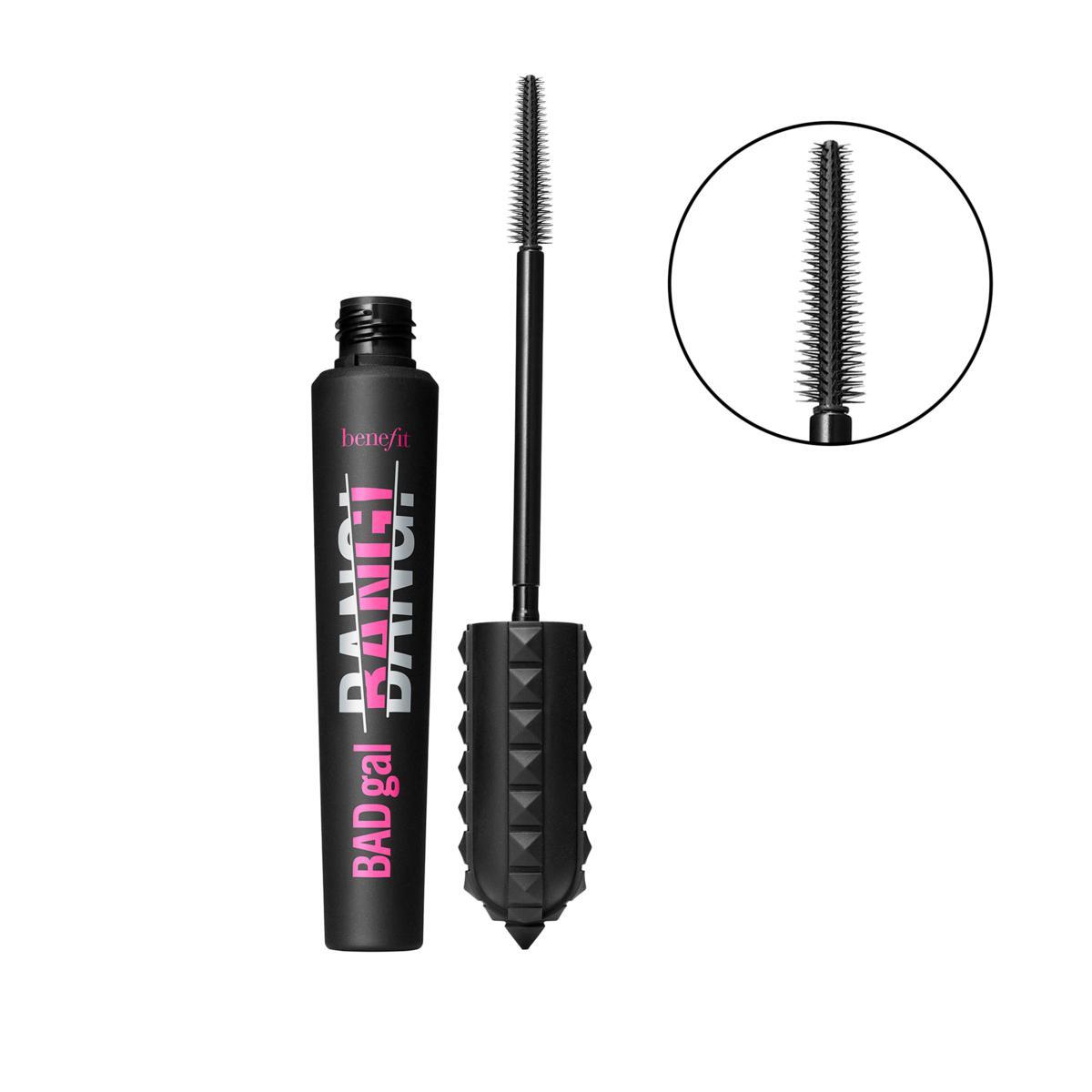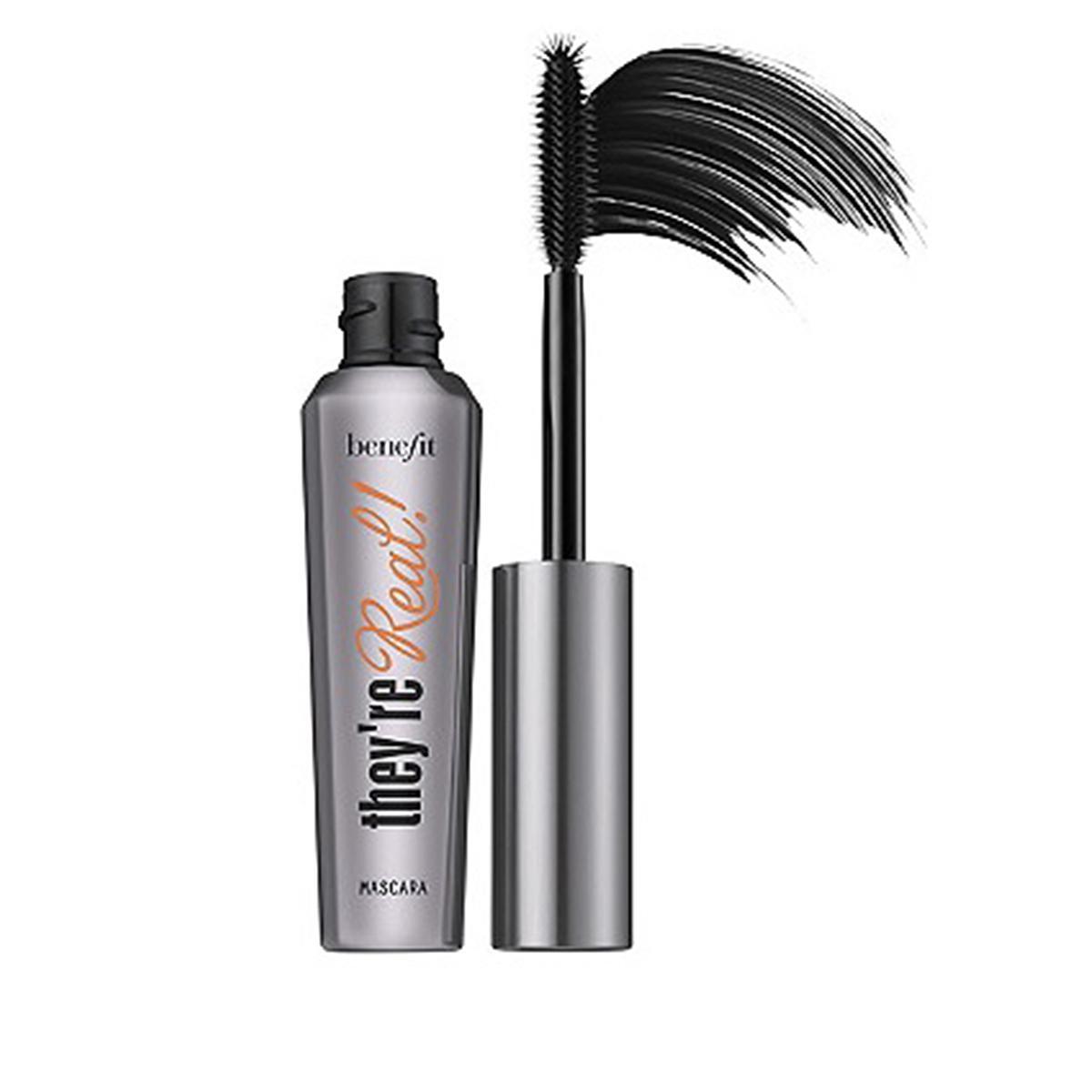About us HSN

When Mindy Grossman became HSN’s eighth CEO in 10 years, she encountered dirty offices and downtrodden employees. Her solution? White paint, new chairs, and a strategy to reinvent the brand and re-engage the workforce.
In 2006 I’d been working at Nike for six years, and I loved it. I worshipped that brand. Nike’s CEO, Phil Knight, was an inspiration. But I’d been commuting between my family in New York and my job in Portland, Oregon. I was traveling outside the U.S. 25% of the time. I was in my late forties, I wanted to be a CEO someday, and Nike had recently appointed a 50-year-old CEO and a 49-year-old president. They deserved the jobs, but I was left without the best succession opportunities. I’d had a lot of recruiters come at me, but nothing felt compelling. Eventually I gave the recruiters a laundry list of what I was looking for: I wanted to run a direct-to-consumer brand. I wanted a company that was poised to take advantage of technological changes and the shifting ways in which people shop. [See “Reinventing Retail,” the December 2011 Spotlight.] I wanted an entrepreneurial atmosphere but not a start-up. I wanted a company that I could transform and grow. And they said, “Oh, really? Is that all?”
Six months later I got a call from a recruiter who was looking for a CEO of IAC Retailing. I said, “That’s great. What the hell is it?” It wasn’t even on my radar. It turned out to be Barry Diller’s retail portfolio, which was composed of Home Shopping Network (the core of the business), a shopping channel in Germany, a small and struggling auction business in the UK, and a portfolio of e-commerce catalog brands called Cornerstone. I asked the recruiter to give me a week to study the business. I’d never watched a home shopping channel, and if I was going to have lunch with Barry Diller, I wanted to know what I was talking about.
overview us Hsn
So I started channel surfing. HSN wasn’t easy to watch. It was very hard-sell. The aesthetics were dated. The products weren’t aspirational and didn’t seem very relevant. I could see from the numbers that HSN wasn’t growing and was a very distant number two to QVC. At the time, I was an aficionado of Food Network and HGTV. So I’d flip back and forth between HSN, QVC, HGTV, and Food Network, trying to get ideas. The only thing I liked on HSN was Wolfgang Puck selling cookware. He was funny and engaging. He gave you recipes. Even if you didn’t want to buy anything, you could watch Wolfgang for an hour. And I had this “aha” moment: I realized that HSN really needed to become more of a lifestyle network that would inspire people through products.
So I had lunch with Barry, and I gave him that pitch. I had no television experience, no direct-to-consumer experience, and no experience in most of the product categories HSN sold. But I got the job. When the announcement was made, my friends couldn’t believe it. They thought I’d lost my mind. I was moving from one of the world’s most aspirational brands to a company many people associated with selling ThighMasters. But if I was ever going to take a big risk, this was the time to do it.
In retrospect, I didn’t really know what I was getting myself into. HSN had had seven CEOs in the previous 10 years. I didn’t realize how troubled the culture was or how great the scope of the retention problems. IAC had recently acquired the Cornerstone brands, and the integration with HSN was an unmitigated disaster. I’d never been to HSN’s headquarters, which was in Saint Petersburg, Florida. If I’d visited there before I accepted the job, I might not have taken it. The place was dirty, the people seemed downtrodden, and I had the sense that the organization was frozen in time. When a company goes through so many CEOs that quickly, all people are doing is waiting for the next one to come in.
Finding the Right Talent
Before I went down to Florida, the head of HR called and asked if I had a first-day agenda in mind. “What do other employees do on their first day?” I asked. She said that ordinarily they went to new-employee orientation. “Then I’ll go to new-employee orientation,” I said. “Are you kidding?” she replied. I wasn’t.
The next morning I flew down, got my little ID badge, and went into this big room. They made us go around the circle and introduce ourselves. First there was a merchandising assistant, then a TV production person, then a quality-control person. “Hi,” I said. “I’m Mindy. I’m the new CEO.” Can you imagine? But it ended up being the best way to spend a first day. Like every other new employee, I was shown the production set. I listened to customers in the call center. The next day I held a town hall meeting. Going through orientation had introduced me to every part of the company very quickly, and it gave me some credibility.
As I grew to understand the business, it became clear that it was fundamentally broken. To fix it, I needed to dramatically alter the company’s culture. I also needed to understand and reposition the brand and then devise a product strategy that made sense. Not only did I have to do all those things at the same time, but we had to change the tires while the car was running. This was a 24/7 TV operation, so we couldn’t close the store while we prepared to relaunch.
In order to focus on HSN, I had to eliminate some of the distractions. We closed the failing UK auction business. We sold the German shopping channel. We had a small U.S.-based shopping channel on DIRECTV that was very down-market, selling mostly clearance merchandise, so we closed it. I put another executive in charge of the Cornerstone brands.
The next step was to assemble the right talent around me. Too many people who come in as CEO of a poorly performing company assume that none of the incumbent executives are worth retaining. That’s not always the case. Sometimes the talent is there but it’s not being led well. I was fortunate: Some of HSN’s executives were great. The CFO had kept the company together through sheer force of will because she really believed in it, and I knew she’d make a great partner. The head of operations was terrific. The people in charge of HR and cable and satellite operations were solid. But other groups were uninspired. Companies lose some of their best employees when people are beaten down; then they overpromote junior people because they can’t persuade outsiders to sign on.
That had happened at HSN. We had weak teams in television, marketing, merchandising, programming—the lifeblood of the business. I knew I needed people with television experience who understood both storytelling and women, our primary customers. I needed somebody on the digital side who understood that HSN couldn’t be just a television shopping channel anymore—it had to be a shopping destination across multiple screens. So I set out to find the right people. I found one working for IAC in the UK, where his creative talents weren’t being utilized. Another was running a little business we owned called Gifts.com, and I put him in charge of digital. To head up programming, I hired someone who’d worked at Lifetime and VH1—he understood women and he understood storytelling.
I knew we needed to increase engagement for all employees below the executive level as well. I wanted people to be proud of where they worked. I hired a consultant to conduct employee engagement surveys; suffice it to say the scores were subpar. I decided that within the next year I wanted to raise them by five points. The consultant said that wasn’t realistic, but I was committed. I did a lot of town hall meetings at all our locations, and I started to divide the employees into three groups: the “evangelists,” who knew that HSN could be a great business and just needed the right leadership to make it happen; the “blockers,” who were perpetually negative—the only solution was to get rid of them; and the “wait-and-sees,” who were in the middle and would either jump on the bandwagon or not. I had to make some quick decisions: embrace the evangelists, get rid of the blockers, and let the rest of the people know they had a finite amount of time to get on the wagon.
Cleaning House
I also tried to change the physical environment to help drive the cultural change. I didn’t have much money for renovations, but I was determined to do something. One of the first weeks I was there, I brought in Dumpsters and told everyone to take a day off from their regular work and just throw things away—we had all this furniture and stuff that was broken or dirty or just clutter. Then I had all the buildings pressure-washed and painted white. I’d been living in New York City when Rudy Giuliani became mayor, and the first thing he’d done was get rid of all the graffiti. This was my way of getting rid of graffiti.
Next I looked around and realized that we had 40 different kinds of office chairs, many of which were in disrepair. So I bought several thousand Herman Miller Aeron chairs. Office chairs are an easy way to let people know you care about them. I must have received 100 e-mails about the chairs the first day they were there. People really want a nice environment to work in, and things like that make a difference. When the consultants surveyed employees a year later, our engagement scores had increased to 73—almost 10 points higher than the industry norm and higher than the consulting firm had ever imagined possible.
While all this was going on, I was also working to reposition HSN as a brand. I brought in brand strategy consultants to learn about consumer perceptions of the network. I started at HSN in May of 2006, and by October we had rolled out a new brand image, a new tagline, a new vision statement, a new customer manifesto, and new advertising. I made it clear that I had zero intention of chasing QVC and that we were going to set a completely new path for HSN—one that would create a new lifestyle experience for consumers. When I look back, I still don’t know how we got it all done so quickly.
Once we had decided on a new positioning for the brand, we had to adjust the product mix. In my first year we stopped selling $150 million worth of brands that didn’t fit the new strategy. At the same time, we worked hard to lure new brands and new personalities to sell products. I went to the Consumer Electronics Show, which I’d never attended before, and personally worked to get higher-end brands to sell on HSN. I signed a two-year deal with Sephora in the beauty category. We expanded our culinary lineup by adding Emeril Lagasse and Todd English.
In the spring of 2007 we put on a two-hour fashion show that was organized by Stefani Greenfield, who’d worked at DKNY and Esprit before founding Scoop, a hot chain of fashion boutiques. Stefani persuaded Theory, J.Crew, Stuart Weitzman, and other brands to participate. Veteran HSN employees thought this was crazy, because they thought it was too high-end. “We’re never going to be able to sell this stuff,” they said. I said, “You don’t understand. We are never going to ignite our fashion business if we don’t have fashion.” The shows turned out to be very successful, and Stefani now runs Curations, which sells exclusively through HSN.
By the middle of 2007 we had relaunched the channel, relaunched the website, embarked on a complete campus renovation, and redesigned everything, down to the fonts on our business cards. By then it was clear that we were starting to turn the business around.
Then, one Sunday night in November, my husband answered the phone and said it was Barry Diller. I thought, “Barry is calling me at home on a Sunday night? Uh-oh.” Barry said he’d decided to split IAC into five separate companies. Four of them—including HSN—would be spun off and become publicly traded. “You’re going to make a spectacular public-company CEO,” he said.
I spent the next few months raising financing just as the markets were imploding. Picture me with my CFO, walking into all these banks and telling them we’re in turnaround mode and trying to sell them on the concept of home shopping. They thought I was crazy, too. We went public in August of 2008, a few weeks before Lehman Brothers collapsed. By December our stock was down to $1.43 a share, and our market cap was lower than our receivables balance. My toughest job was keeping the organization focused and motivated.
HSN Reviews: What Do Customers Think?
We’ve grown every year since then—at this writing, our stock price is about $35, and our market cap is close to $2 billion—and I believe we’ve proved the fundamental resilience of our business model. HSN is one of the few networks that can be a complete consumer destination—for shopping, for sharing, for gaming, for information, for entertainment. I want to be where our shoppers go as soon as they wake up—whatever they’re looking for.
Where to Buy HSN
Overall, the company has been performing well. We’ve exceeded expectations. We’ve gained tremendous credibility as a business for the future—not just a mature business with no growth opportunities and no excitement, which is what HSN was when I arrived. Five years ago people never would have dreamed that we’d have the greatest chefs in the world on HSN, or that we’d have Jennifer Lopez or Queen Latifah or Mariah Carey or Iman on our channel, or that we’d be in the front row at Fashion Week. If the turnaround hadn’t worked, I’d have been another in the long line of CEOs who failed at HSN—and I’d probably be remembered as the one who bought all those fancy office chairs. But more than five years later our culture is fixed, and I know there’s much more growth potential to be unlocked here. Every day I’m making changes to try to achieve that.




